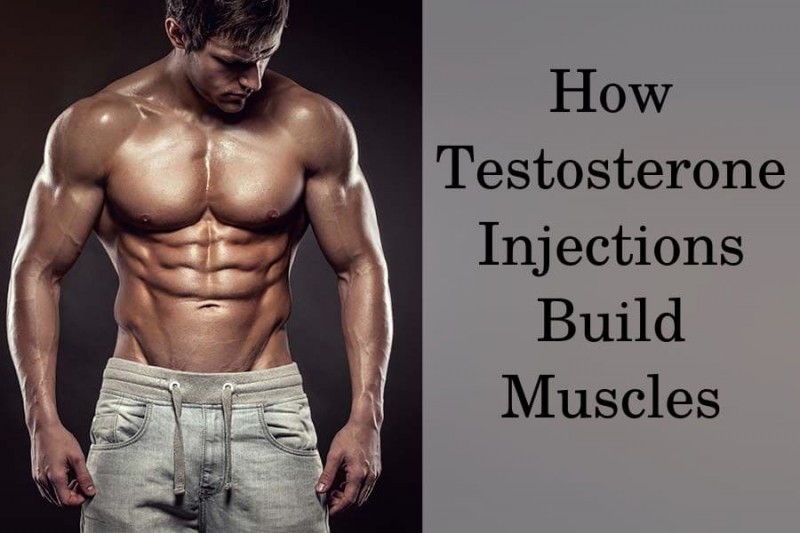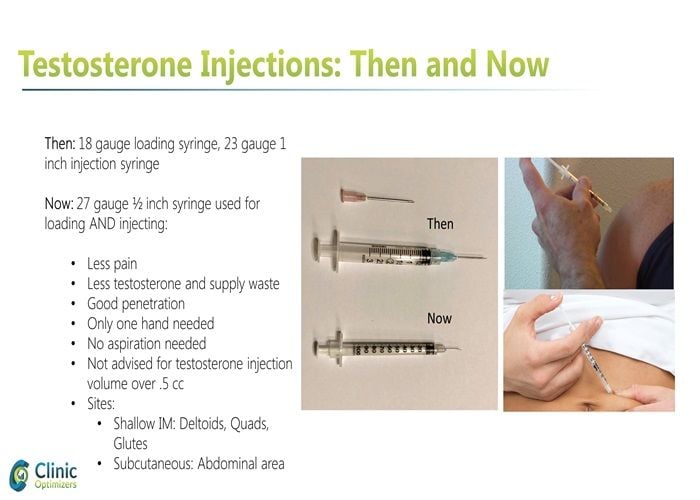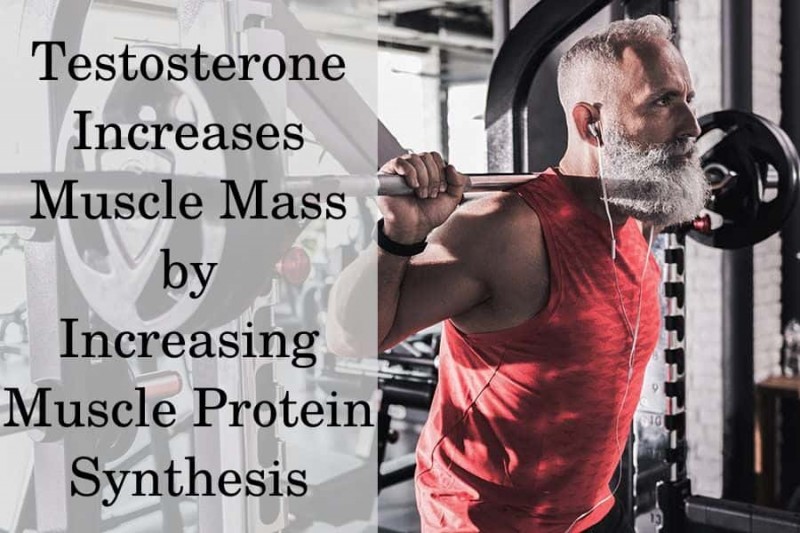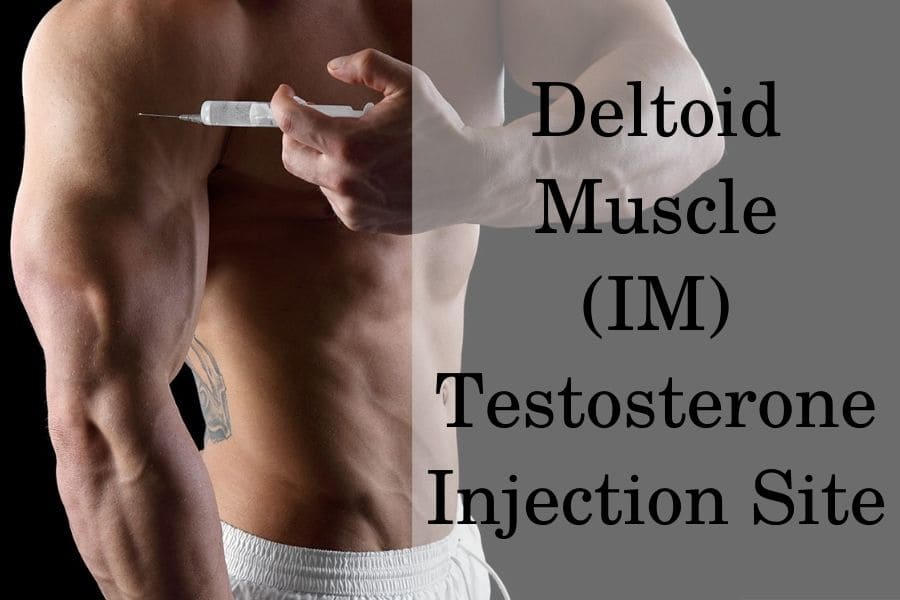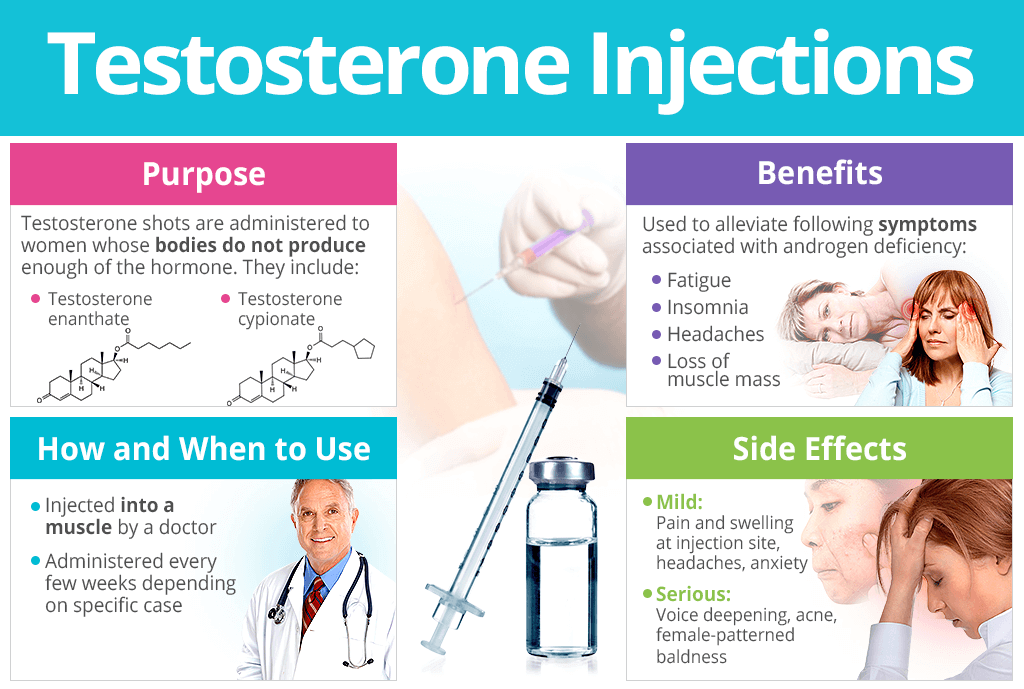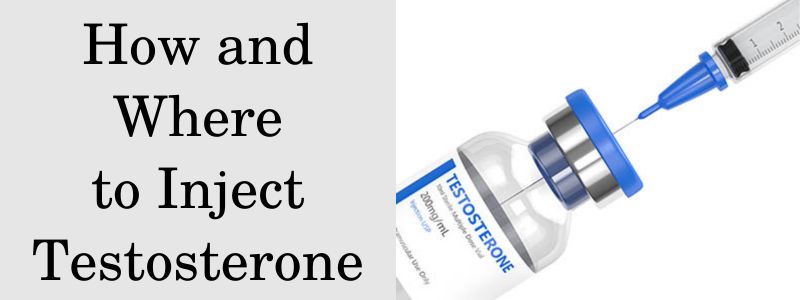Do You Inject Testosterone Into Fat Or Muscle

The question of whether to inject testosterone into fat or muscle has long been a subject of debate and confusion among individuals undergoing testosterone replacement therapy (TRT). While seemingly a minor detail, the injection site can significantly impact the absorption rate, efficacy, and potential side effects of the medication.
This article aims to provide a comprehensive overview of the current understanding regarding testosterone injections, drawing upon medical literature, expert opinions, and established best practices. Understanding the nuances of injection techniques can lead to more predictable and effective treatment outcomes for individuals seeking to improve their hormonal health.
Intramuscular (IM) vs. Subcutaneous (SubQ) Injections: The Key Difference
The core of the debate lies in the difference between intramuscular (IM) and subcutaneous (SubQ) injections. IM injections deliver medication directly into the muscle tissue, while SubQ injections place it into the layer of fat beneath the skin.
Each method has its proponents and drawbacks, and the ideal choice can depend on several factors, including the specific testosterone ester being used, individual body composition, and personal preference.
Intramuscular Injections: A Deeper Dive
IM injections have traditionally been the preferred method for testosterone administration. They are favored due to the rich blood supply in muscle tissue, which allows for rapid and efficient absorption of the testosterone into the bloodstream.
Common injection sites for IM injections include the gluteus maximus (buttocks), vastus lateralis (thigh), and deltoid (upper arm). However, improper technique or injection into the wrong location can lead to pain, nerve damage, or even abscess formation.
"When administering IM injections, it's crucial to aspirate before injecting to ensure you're not hitting a blood vessel," explains Dr. Emily Carter, an endocrinologist specializing in hormone therapy. "Using the correct needle length for the specific muscle group is also essential."
Subcutaneous Injections: An Emerging Alternative
SubQ injections have gained popularity in recent years as a potentially less painful and more convenient alternative to IM injections. This method involves injecting the testosterone into the fatty tissue just beneath the skin, typically in the abdomen or thigh.
The absorption rate with SubQ injections is generally slower and more sustained compared to IM injections. Some studies suggest that this slower release may lead to more stable testosterone levels and fewer fluctuations in mood and energy.
However, concerns have been raised about the bioavailability of testosterone when administered SubQ, particularly with certain testosterone esters. More research is needed to fully understand the long-term efficacy and safety of SubQ testosterone injections.
Factors Influencing Injection Site Choice
Several factors can influence the optimal injection site for testosterone administration. These include the type of testosterone ester being used, the individual's body fat percentage, and their overall health status.
For example, some argue that testosterone enanthate and cypionate, which are oil-based esters, may be more suitable for IM injections due to their slower release characteristics. Conversely, testosterone propionate, a shorter-acting ester, might be better suited for more frequent SubQ injections.
Individuals with very low body fat may find IM injections more comfortable and effective, as there is less subcutaneous tissue to impede absorption. Conversely, individuals with higher body fat may experience better results with SubQ injections.
Potential Risks and Complications
Regardless of the injection site, it's essential to be aware of the potential risks and complications associated with testosterone injections. These can include pain, swelling, redness, infection, and allergic reactions.
Improper injection technique can also lead to more serious complications, such as nerve damage, abscess formation, and the development of nodules or scar tissue at the injection site.
"Always follow proper sterile technique when preparing and administering testosterone injections," emphasizes registered nurse, John Smith, who specializes in hormone replacement therapy. "This includes washing your hands thoroughly, using sterile needles and syringes, and cleaning the injection site with an antiseptic swab."
The Importance of Individualized Treatment
Ultimately, the decision of whether to inject testosterone into fat or muscle should be made in consultation with a qualified healthcare professional. They can assess your individual needs and preferences and provide personalized recommendations based on your specific circumstances.
Regular monitoring of testosterone levels and overall health is crucial to ensure that the treatment is effective and safe. Dosage adjustments and changes in injection technique may be necessary over time to optimize results.
Choosing the right injection method, whether it's IM or SubQ, is a crucial step toward achieving successful and sustainable hormone replacement therapy.

